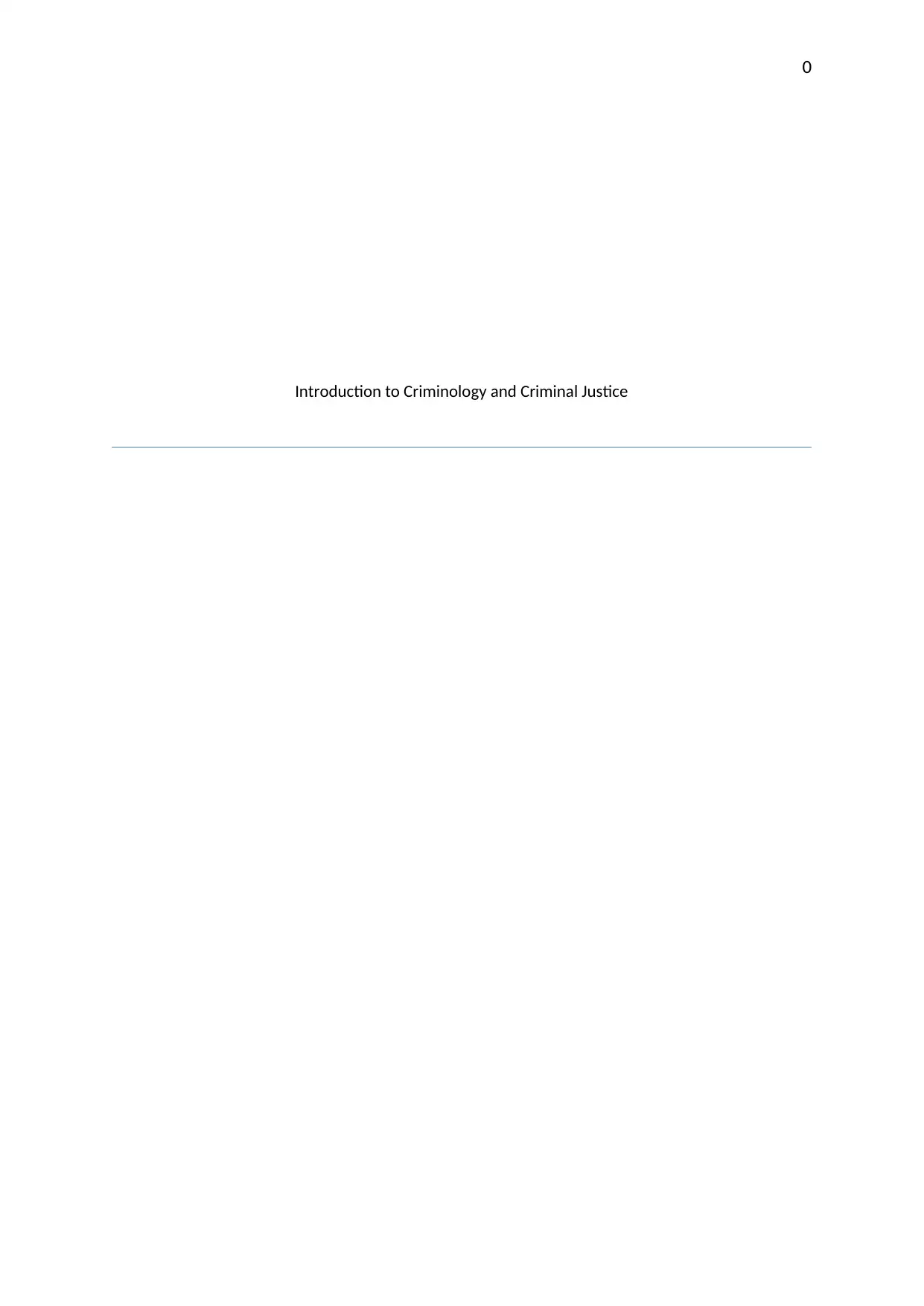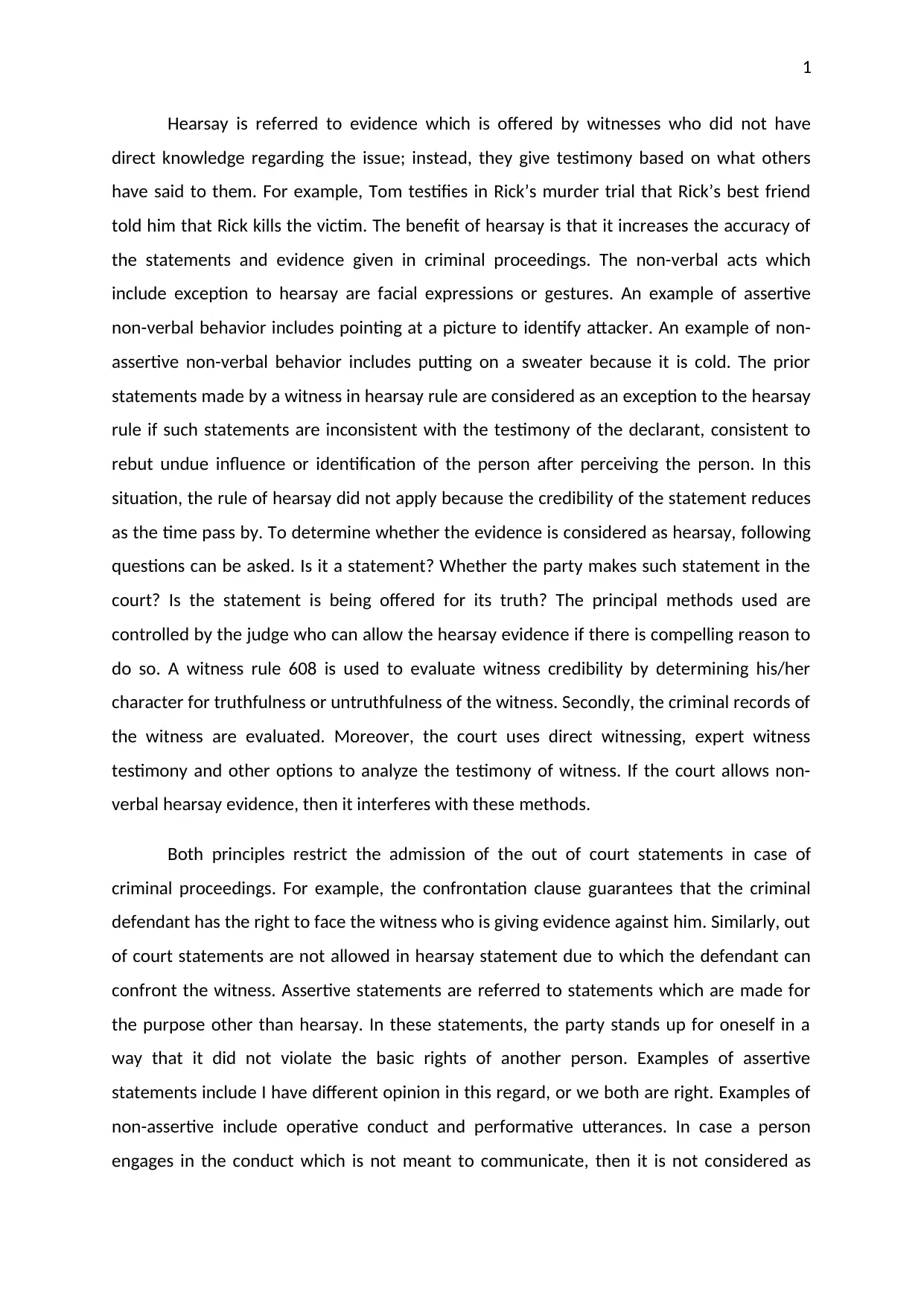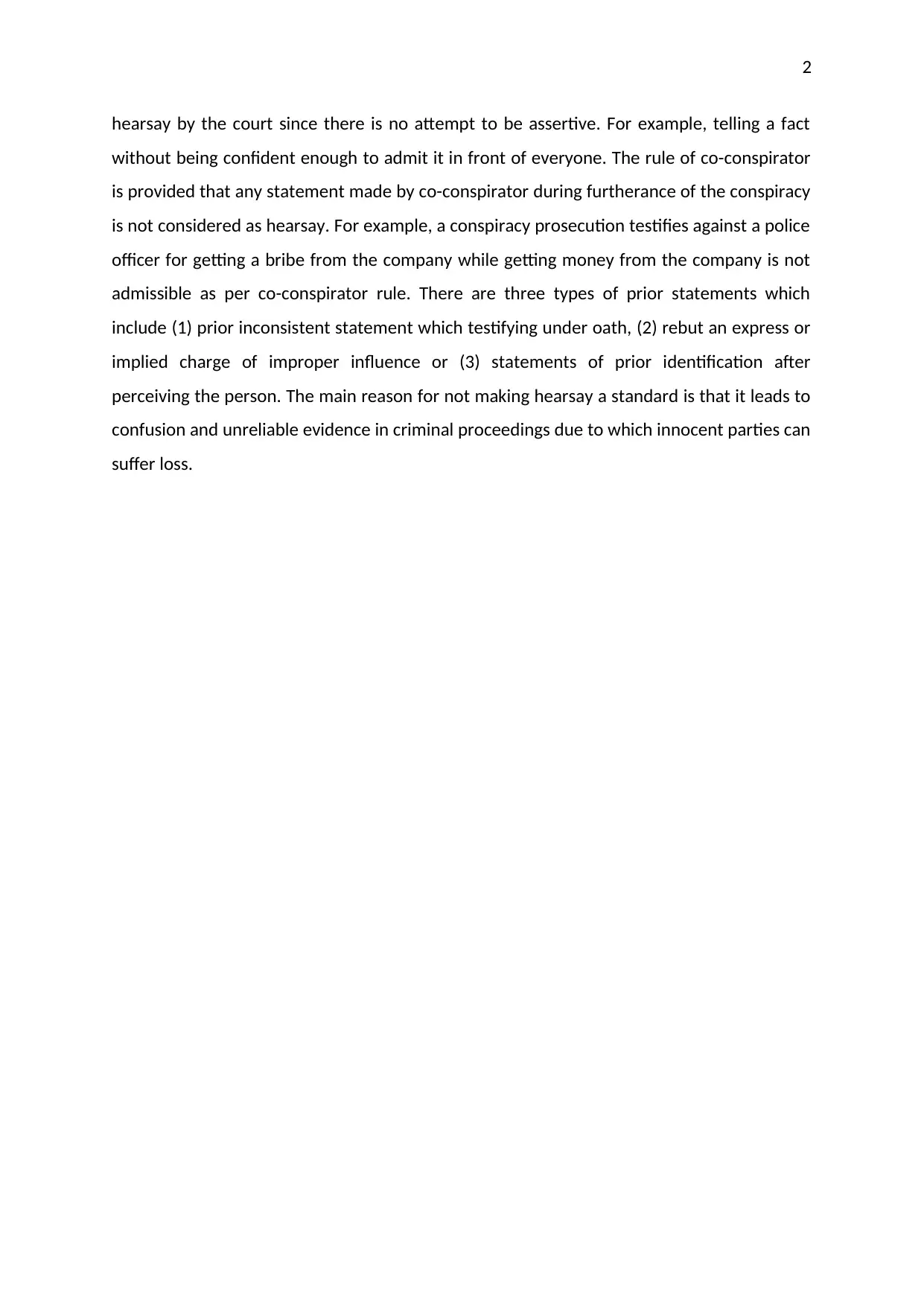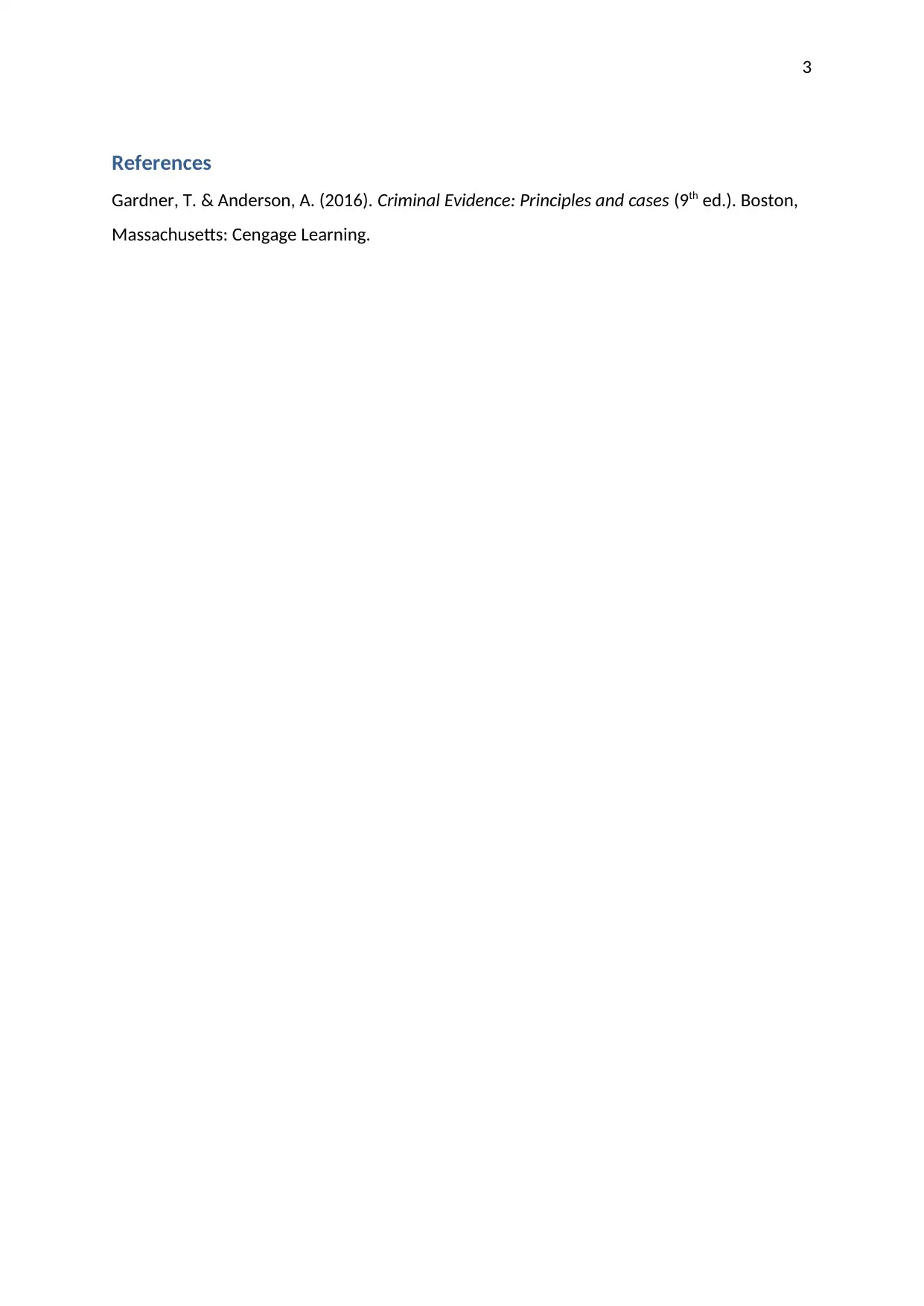Hearsay Rule in Criminal Proceedings
VerifiedAdded on 2023/06/03
|4
|685
|251
AI Summary
This text explains the concept of hearsay in criminal proceedings, its benefits, and exceptions. It also discusses assertive and non-assertive statements, co-conspirator rule, and prior statements. The text emphasizes the importance of the hearsay rule in ensuring reliable evidence in criminal proceedings.
Contribute Materials
Your contribution can guide someone’s learning journey. Share your
documents today.
1 out of 4










![[object Object]](/_next/static/media/star-bottom.7253800d.svg)